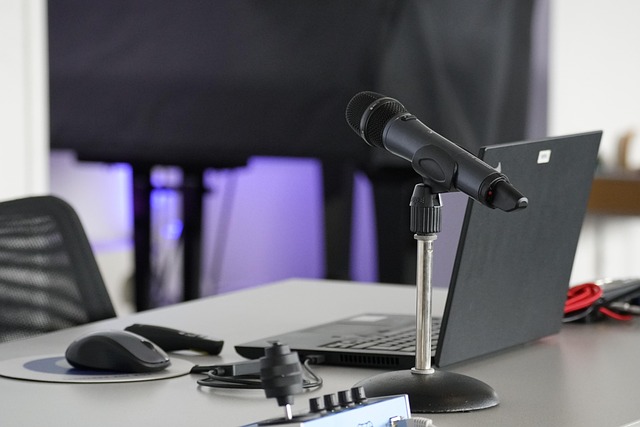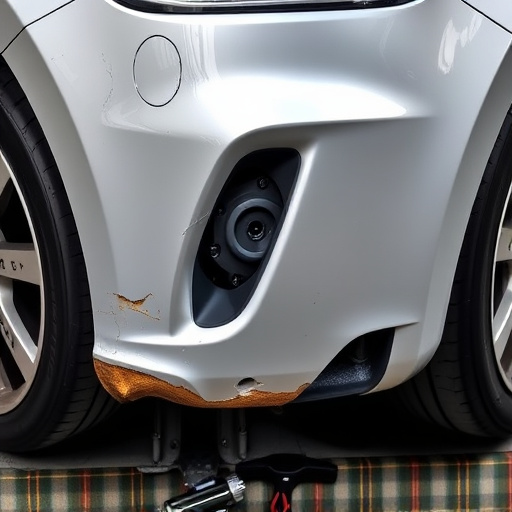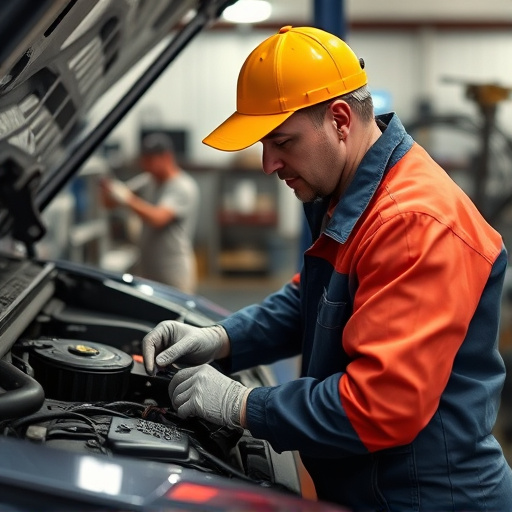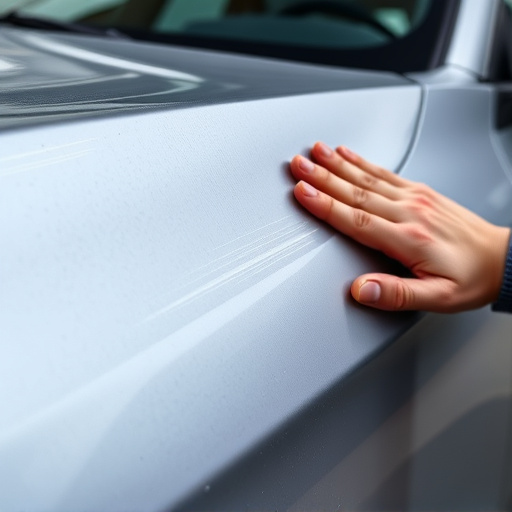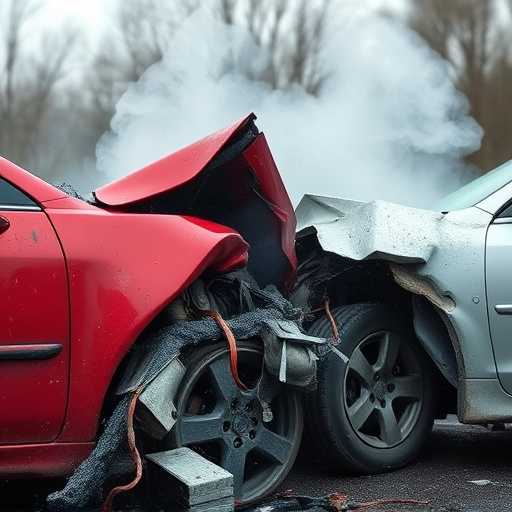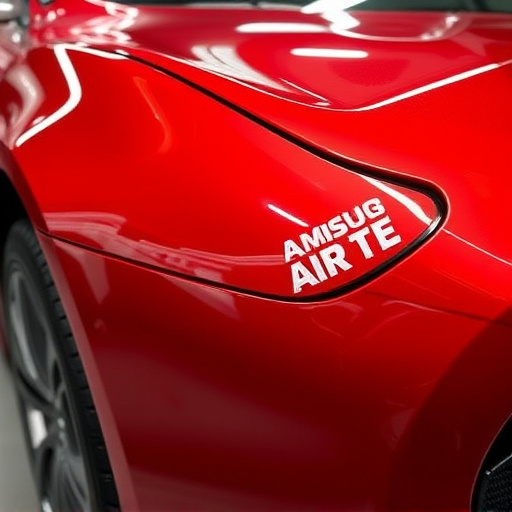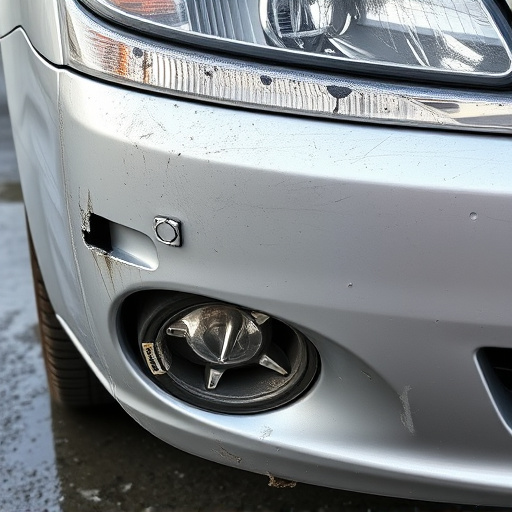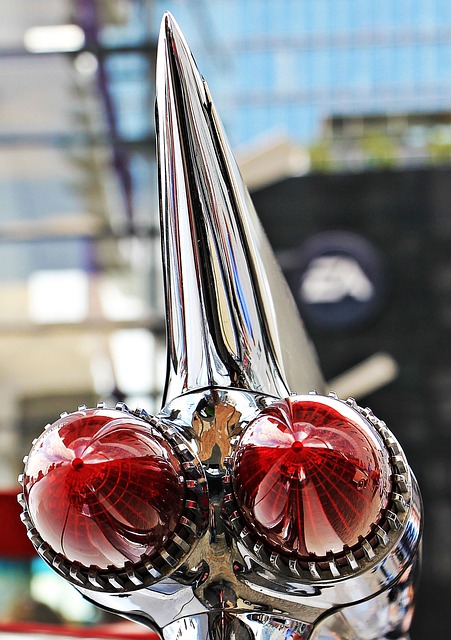Mercedes' cutting-edge electronic steering systems prioritize safety and control by interpreting driver input via torque sensors, which send real-time data to adjust suspension and brakes. After collision repairs or auto body work, calibrating these sensors is crucial for optimal performance, comfort, and adherence to safety standards. Professional assistance from a specialized car body shop is recommended for accurate calibration. Regular maintenance, including sensor inspection, connection verification, and fluid checks, facilitates efficient Mercedes electronic steering repair without requiring additional services like auto glass replacement.
Mercedes Electronic Steering Repair: A Comprehensive Guide. Discover the intricacies of your vehicle’s steering system, specifically focusing on the critical role of torque sensors. This article demystifies the process of torque sensor calibration, essential for optimal Mercedes electronic steering performance. Learn how to identify issues and master basic troubleshooting tips for efficient repairs. Enhance your knowledge and ensure your Mercedes steers with precision.
- Understanding Mercedes Electronic Steering and Its Components
- The Role of Torque Sensors in Electronic Steering Systems
- Calibration Process for Optimal Performance and Troubleshooting Tips
Understanding Mercedes Electronic Steering and Its Components

Mercedes electronic steering systems have revolutionized vehicle handling and safety. Unlike traditional steering mechanisms, these advanced systems use electronics to interpret and enhance driver input, offering precise control and stability. At the heart of this system lies the torque sensor, a crucial component that measures the steering wheel’s rotation and sends this data to the vehicle’s computer, enabling real-time adjustments to suspension and brake systems.
Understanding how these components work together is vital when addressing Mercedes electronic steering repair. A skilled mechanic will not only fix issues with the torque sensor but also ensure proper calibration, which is essential for optimal performance. Regular maintenance, including frame straightening and tire services, can further enhance the longevity of these sophisticated systems, ensuring your Mercedes delivers both safety and comfort on every drive.
The Role of Torque Sensors in Electronic Steering Systems

In Mercedes electronic steering systems, torque sensors play a pivotal role by measuring the rotational force applied to the steering wheel. These sensors are crucial components in the overall function and precision of the system. They provide real-time data that helps the vehicle’s computer adjust power assistance levels, ensuring smooth and responsive handling. This is particularly important for safety, as accurate steering feedback allows drivers to navigate twists and turns with confidence.
During a Mercedes electronic steering repair process, especially after a vehicle collision repair or extensive auto body work, calibrating these torque sensors is essential. Proper calibration ensures the system operates optimally, enhancing driving experience and maintaining safety standards. It’s crucial to seek professional assistance from a reputable car body shop for such delicate repairs to ensure precise torque sensor calibration and seamless integration of the electronic steering system.
Calibration Process for Optimal Performance and Troubleshooting Tips

The calibration process plays a pivotal role in ensuring optimal performance of Mercedes electronic steering systems. During this procedure, advanced diagnostic tools are employed to fine-tune and adjust various parameters within the steering module. This includes calibrating the torque sensor, which is responsible for measuring and interpreting the driver’s steering inputs, translating them into precise vehicle responses. A well-calibrated torque sensor ensures that the steering feels natural and responsive, enhancing both safety and driving pleasure.
When addressing Mercedes electronic steering repair, troubleshooting tips can significantly streamline the process. Start by inspecting the sensor for any visible damage or debris; clean or replace as necessary. Verify proper connections to ensure signal integrity. Check for power supply issues, as an insufficient voltage can disrupt calibration. Additionally, monitoring fluid levels and checking for leaks in the power steering system is crucial. Should these initial checks not resolve the issue, advanced diagnostic tools can pinpoint specific problems, facilitating targeted repairs that restore your Mercedes’ electronic steering to its optimal state, ensuring a seamless car bodywork experience without needing auto glass repair services.
Mercedes electronic steering repair involves a meticulous understanding of its intricate components, with torque sensors playing a pivotal role in ensuring precise handling. Calibrating these sensors is crucial for optimal performance and can even aid in troubleshooting common issues. By mastering the calibration process, technicians can deliver top-notch Mercedes electronic steering repair services, guaranteeing enhanced driving experience for owners.
